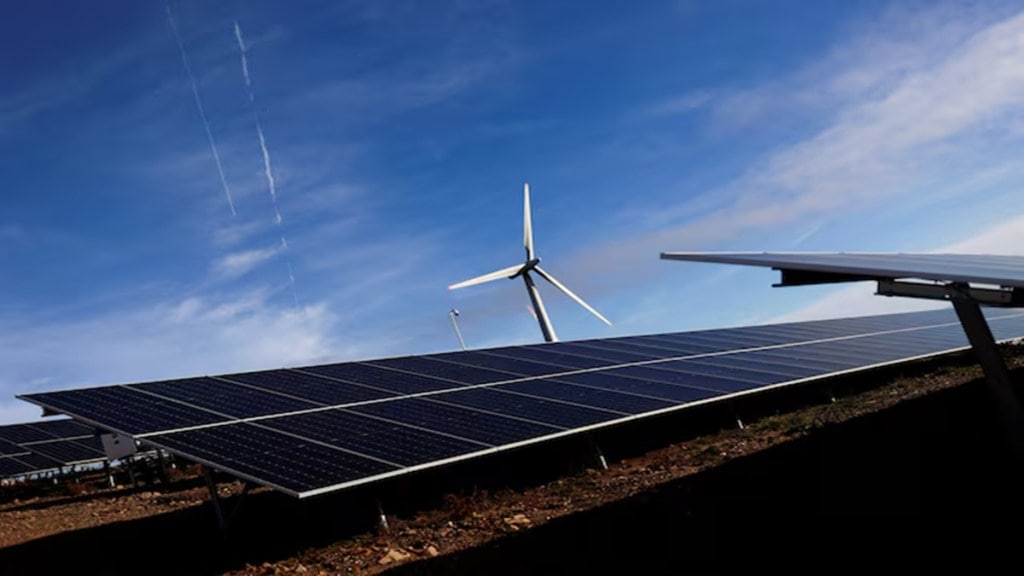With private players ramping up cell manufacturing, the government expects the solar cell capacity to reach 42 gigawatt (GW) by June, with the approved list of models and manufacturers (ALMM) for cells being introduced soon, official sources said.
Who are the top players?
At present, India has 27 GW of solar cell capacity Gensol, Waaree Energies, Premier Energies, ReNew, Tata Power Renewables and Adani Solar are the top players.
Government sources said the ALMM for solar cells will be published in the next few days.
“The current position seems to be comfortable. There are many players in the overall system having existing cell manufacturing capacities of almost 27 GW. Domestic manufacturers are ramping up capacities. The overall capacity is excepted to grow to 42 GW by June 2026,” the official said.
The government recently announced an amendment to the order dated December 9, 2024 on ALMM for solar PV cells to further clarify and ease the procedures for projects bid out by government agencies.
The government has relaxed the ALMM regulations for its solar projects. Specifically, projects using solar modules from ALMM List-I are now exempt from using solar cells from ALMM List-II, provided the bid submission deadline falls on or before a specified cut-off date. The cut-off date will be one month after the publication of the ALMM list for solar PV cells, which is expected soon.
However, the effective date for mandatory use of solar PV cells under ALMM list for projects commissioned from June 1, 2026 onwards remains unchanged, the government said.
“Between now and June 2026, a huge cell capacity is going to be added… We have facilitated the bids so that they will move as per the schedule,” the official said.
Furthermore, a similar list like ALMM is also in the works for wafers and polysilicons used in making solar modules. It is likely to be rolled out in the next two-three years, sources said.
“The government will give the same kind of trajectory for wafers, ingots, and for polysilicon. The players are still in the process of setting up capacities (for wafers). Probably in the next two-and-a-half to three years, we would see capacities on wafer and polysilicon coming up…” a source said.
At present, the domestic wafer capacity stands at 2.2 GW, with the country heavily relying on China for imports of such components.
What is ALMM?
ALMM is a list of the models and manufacturers from whom solar project developers can buy required equipment. Now, the ALMM is for solar modules. It is to be implemented for solar cells from June.
On the export front of solar products, the government is looking at new vistas in the US and the West Asia after a slump in export to Europe.
The official noted that India does not see much problem arising from the recent anti-dumping duty investigation petitioned by American solar manufacturers on solar module imports from India.
On import of solar modules from China, the official said rates have fallen drastically in the last three years. The price gap between Chinese modules and DCR (Domestic Content Requirement) modules has narrowed from 42 cents to 7-8 cents.
Rates will come down as economies of scale grow, the official said, adding that conversion cost is higher due to lesser manufacturers in the market.

